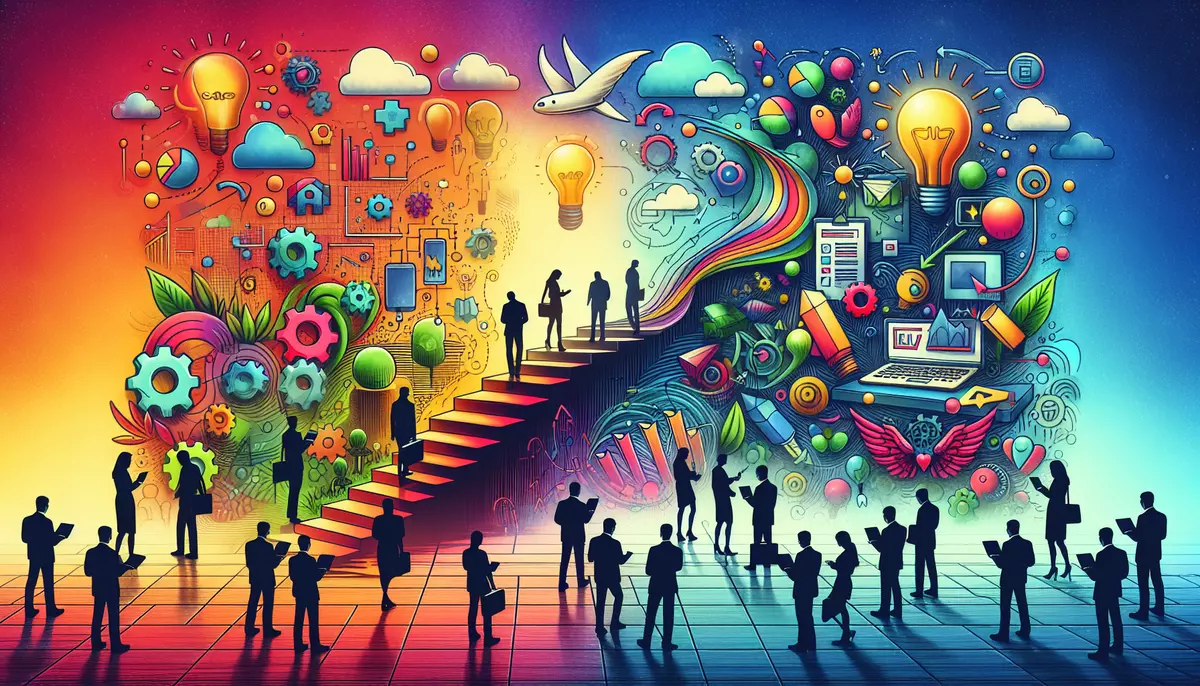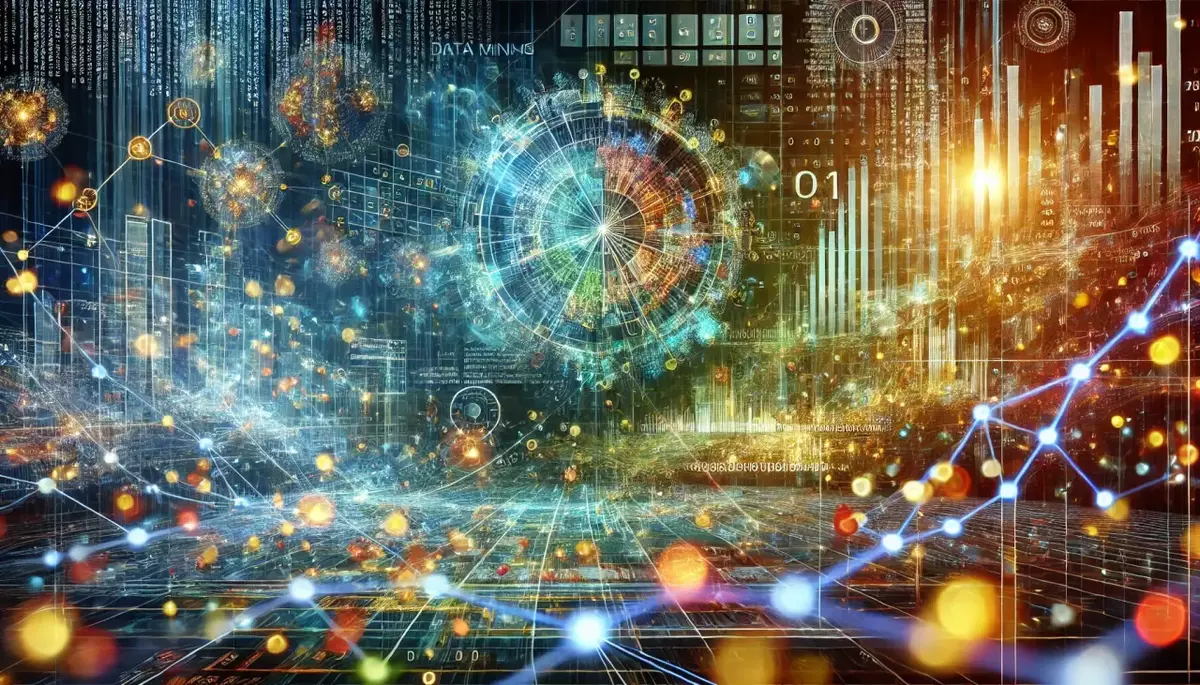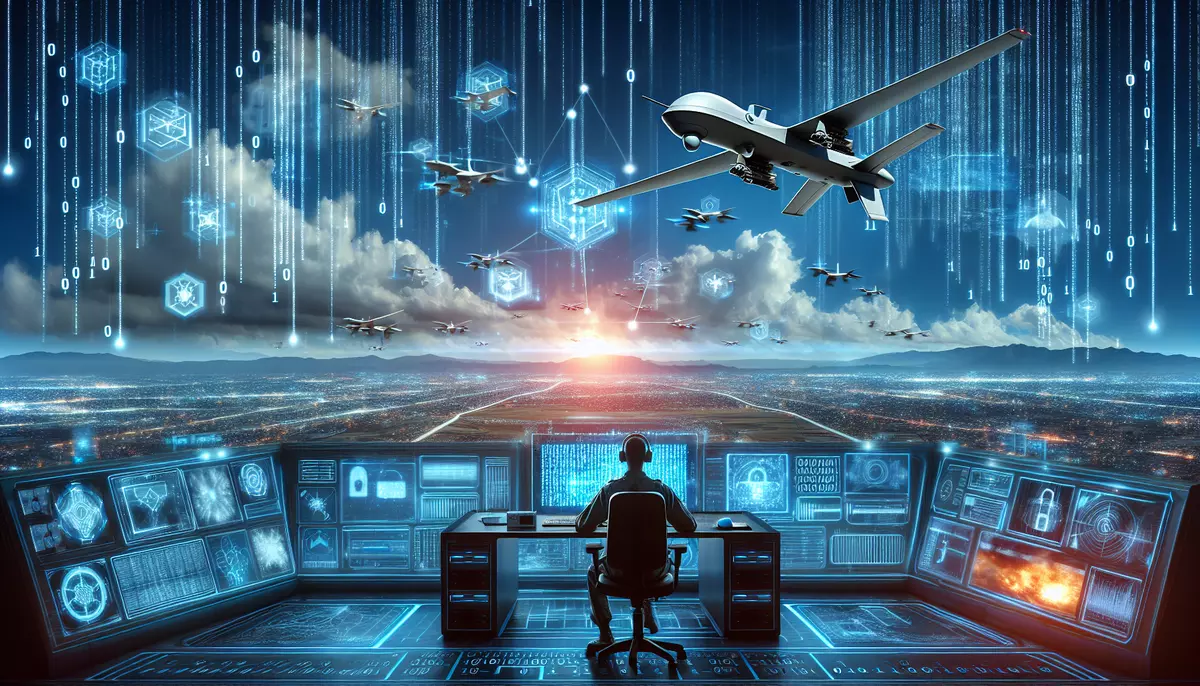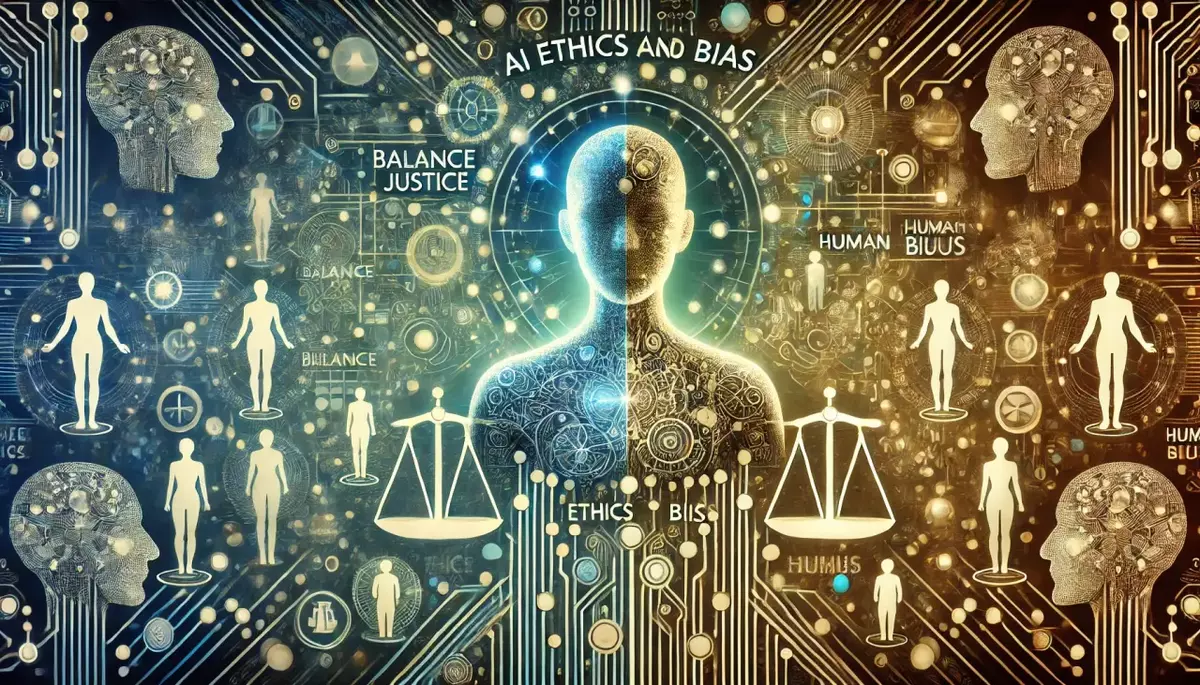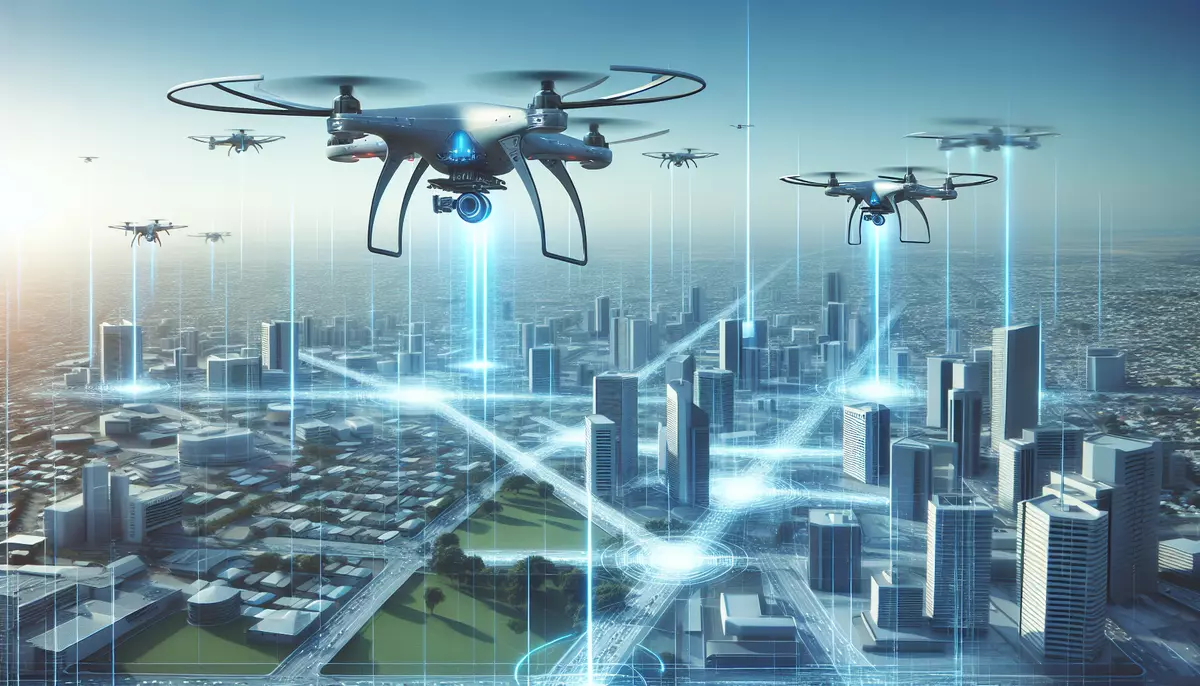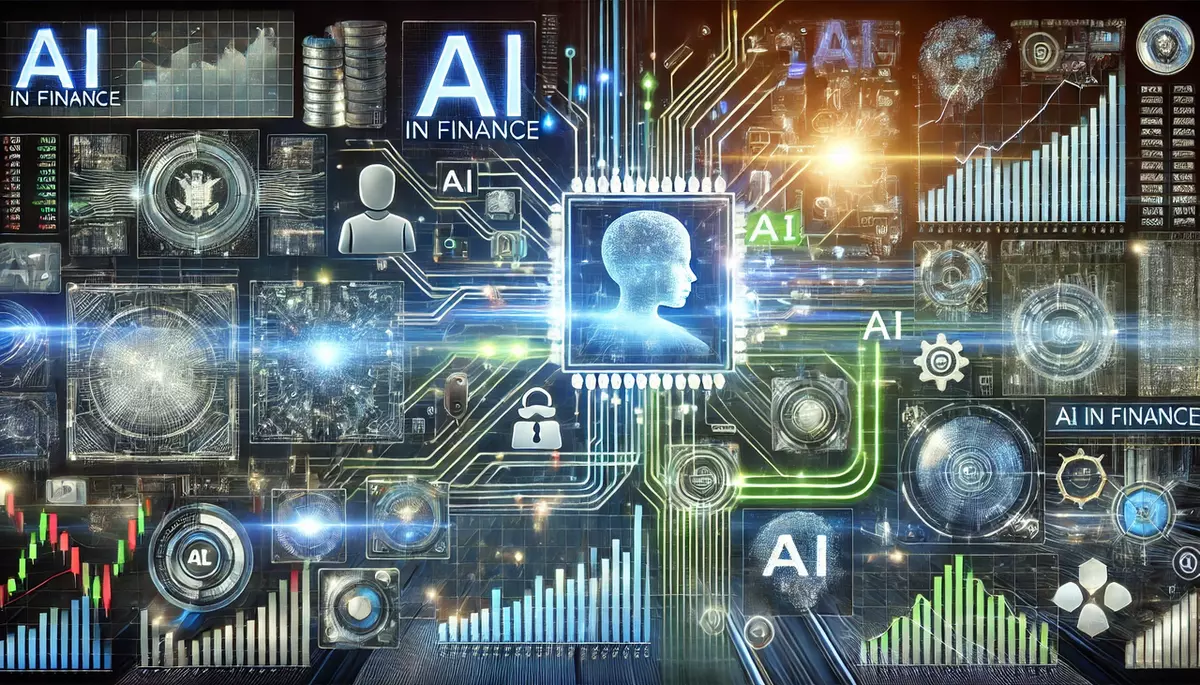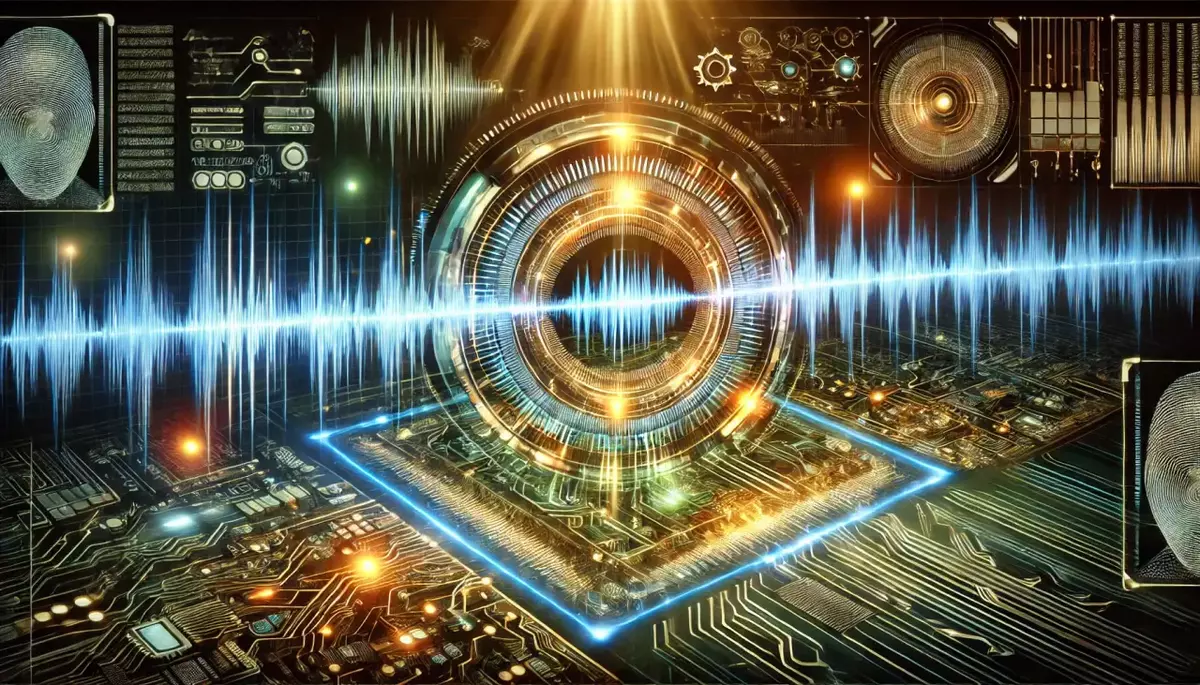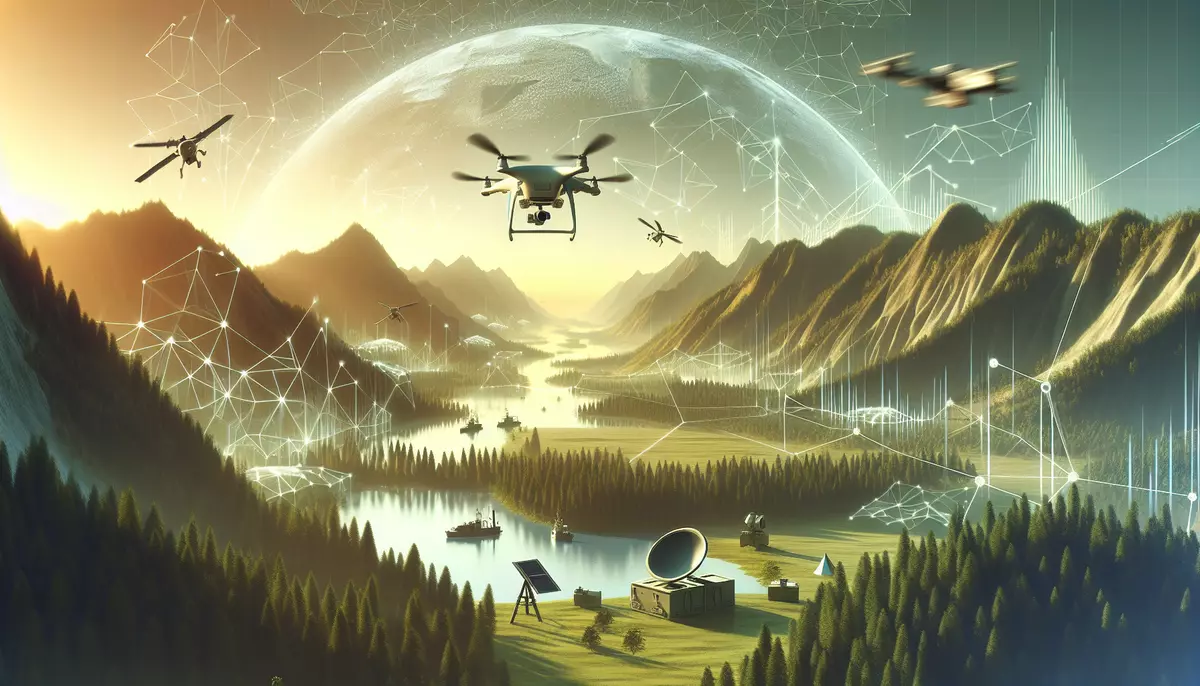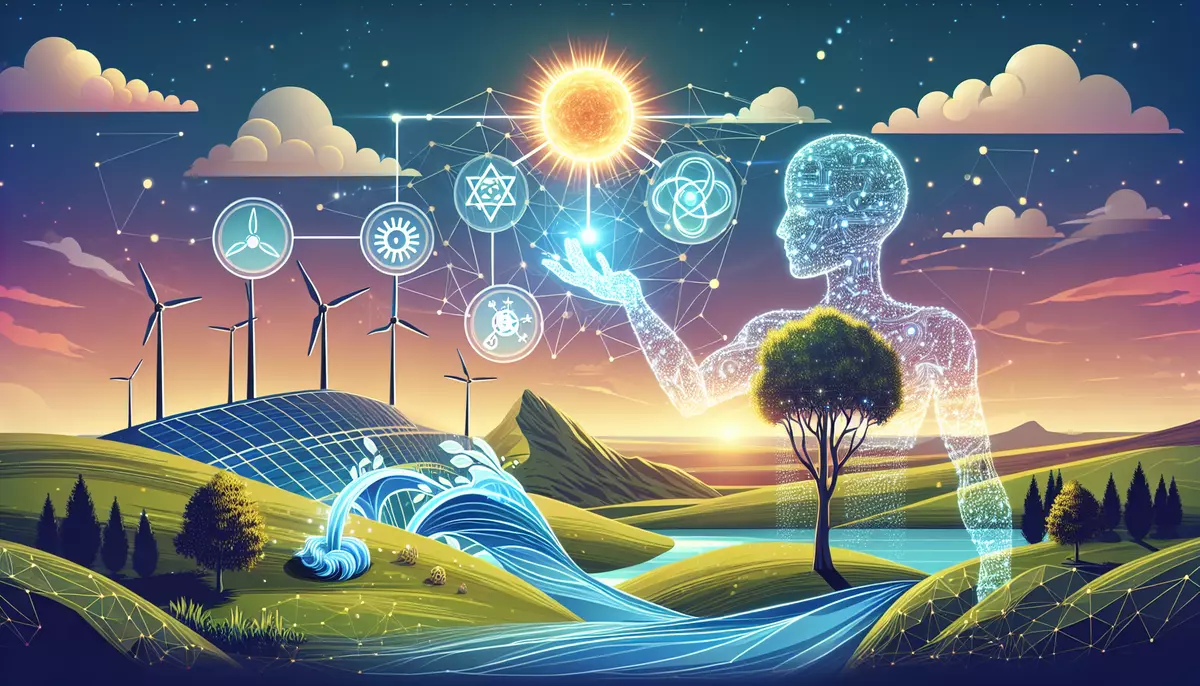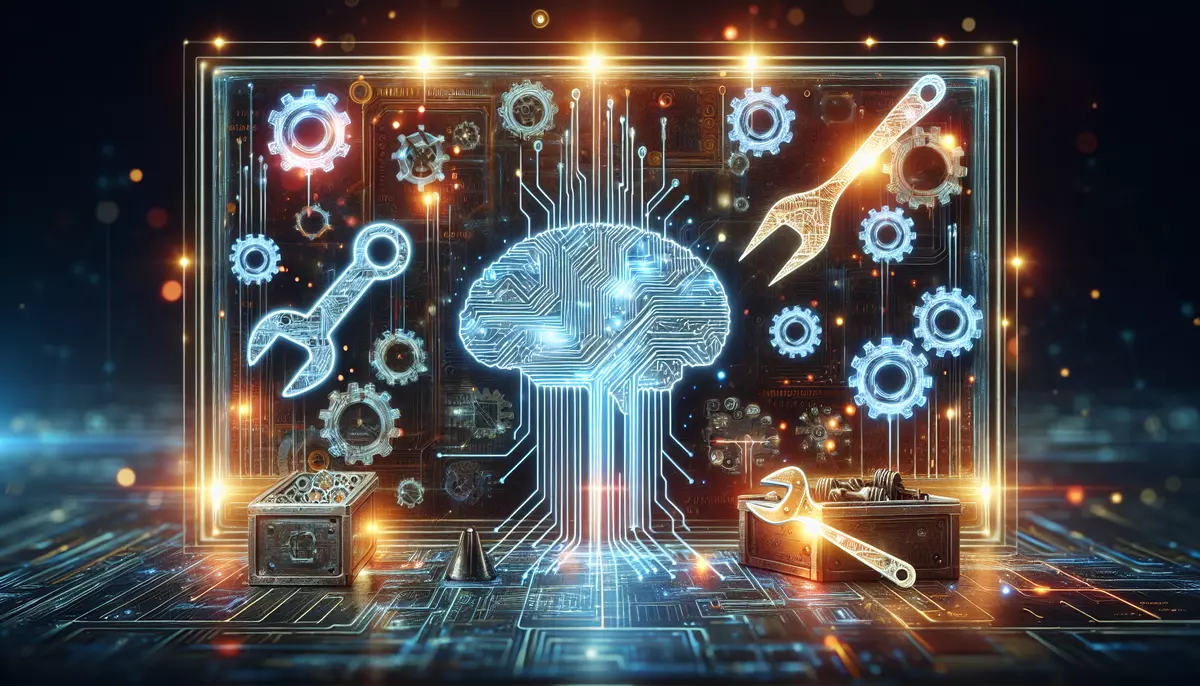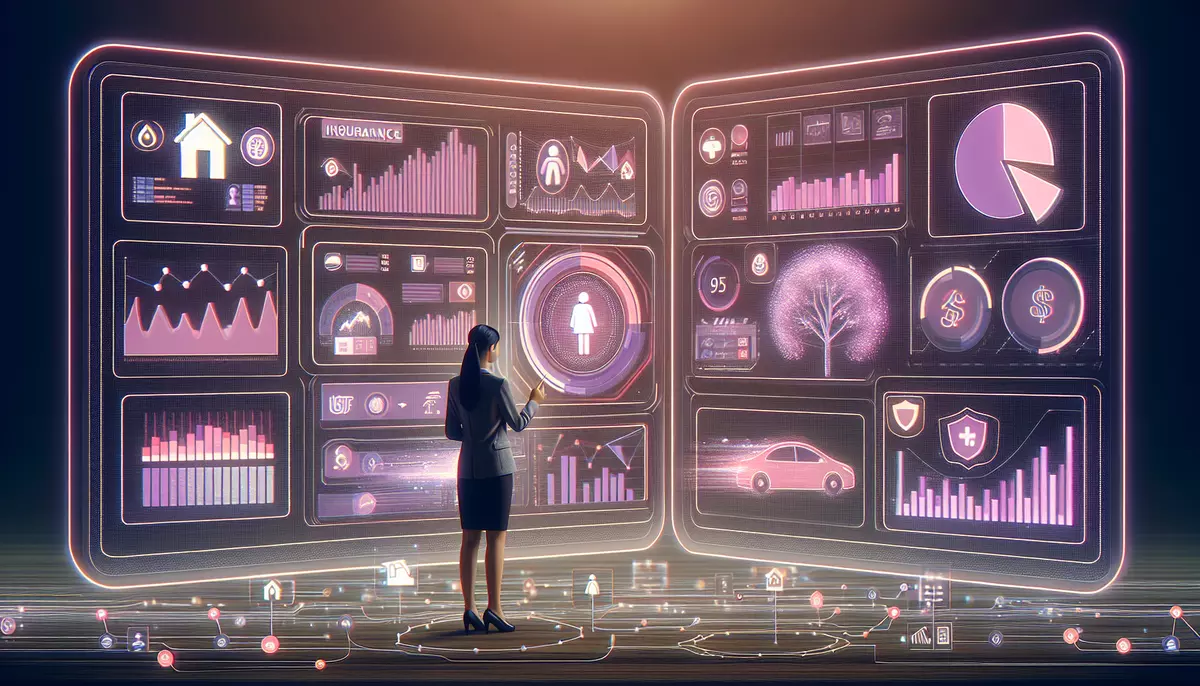Introduction
AI-powered chatbots have revolutionized the way we interact with technology, providing personalized and efficient communication experiences. These intelligent conversational agents leverage advanced natural language processing (NLP) and machine learning algorithms to understand user queries, provide relevant responses, and continuously improve their capabilities.
What are AI-Powered Chatbots?
AI-powered chatbots are computer programs designed to simulate human-like conversations. They are equipped with natural language understanding (NLU) and generation (NLG) capabilities, allowing them to interpret user input, formulate appropriate responses, and engage in meaningful dialogues.
Key Features of AI-Powered Chatbots:
- Natural Language Processing: Ability to understand and interpret human language, including context, tone, and intent.
- Machine Learning: Capacity to learn from past interactions and continuously improve their responses and conversational abilities.
- Personalization: Tailoring the conversation to the individual user’s preferences, needs, and behavior.
- Multimodal Interaction: Supporting various communication channels, such as text, voice, and even visual elements.
How Do AI-Powered Chatbots Work?
AI-powered chatbots utilize a combination of natural language processing, machine learning, and knowledge-based systems to engage in human-like conversations.
The Chatbot Conversation Process:
- User Input: The user initiates a conversation by providing a query or statement.
- Natural Language Understanding: The chatbot’s NLP module analyzes the user’s input to determine the intent, context, and relevant information.
- Knowledge Retrieval: The chatbot accesses its knowledge base or external data sources to find the most appropriate response.
- Natural Language Generation: The chatbot’s NLG module generates a relevant and coherent response to the user.
- Response Delivery: The chatbot presents the generated response to the user, often in a conversational and personalized manner.
- Continuous Learning: The chatbot’s machine learning algorithms analyze the conversation and user feedback to improve its future responses and overall performance.
Applications of AI-Powered Chatbots
AI-powered chatbots have a wide range of applications across various industries and domains:
Customer Service:
- Providing 24/7 assistance for product inquiries, order tracking, and troubleshooting.
- Automating routine tasks and reducing the workload for human customer service representatives.
Healthcare:
- Offering virtual triage and symptom assessment to help patients access appropriate medical care.
- Providing mental health support and wellness coaching through conversational interactions.
Education:
- Serving as virtual tutors and learning companions, answering questions and providing personalized guidance.
- Facilitating interactive learning experiences and reinforcing course material.
E-commerce:
- Assisting customers with product recommendations, order placement, and post-purchase support.
- Enhancing the shopping experience by providing personalized suggestions and answering queries.
Challenges and Limitations
While AI-powered chatbots offer numerous benefits, they also face some challenges and limitations:
- Conversational Limitations: Chatbots may struggle with complex or ambiguous queries, and their responses may lack the nuance and emotional intelligence of human interactions.
- Ethical Considerations: Ensuring chatbots operate ethically, respect user privacy, and avoid perpetuating biases or discriminatory practices.
- Integration and Scalability: Seamlessly integrating chatbots into existing systems and scaling them to handle increasing user volumes and complex use cases.
- Continuous Improvement: Maintaining and updating chatbots to keep up with evolving user expectations and technological advancements.
Future Trends in AI-Powered Chatbots
The field of AI-powered chatbots is rapidly evolving, with several promising trends and advancements on the horizon:
- Multimodal Interactions: Integrating voice, visual, and other modalities to create more natural and immersive conversational experiences.
- Contextual Understanding: Enhancing chatbots’ ability to understand and respond to the broader context of a conversation, including user emotions and situational factors.
- Personalization and Customization: Developing chatbots that can adapt their personality, tone, and knowledge to individual user preferences and needs.
- Ethical AI Frameworks: Establishing guidelines and best practices to ensure the responsible development and deployment of AI-powered chatbots.
Conclusion
AI-powered chatbots have transformed the way we interact with technology, offering personalized and efficient communication experiences. As the field continues to evolve, these intelligent conversational agents will play an increasingly important role in various industries, enhancing customer service, education, healthcare, and beyond. By understanding the key features, capabilities, and limitations of AI-powered chatbots, organizations can leverage this technology to improve their operations and better serve their customers or users.
This knowledge base article is provided by Fabled Sky Research, a company dedicated to exploring and disseminating information on cutting-edge technologies. For more information, please visit our website at https://fabledsky.com/.
References
- Følstad, A., & Brandtzaeg, P. B. (2017). Chatbots and the new world of HCI. interactions, 24(4), 38-42.
- Radziwill, N. M., & Benton, M. C. (2017). Evaluating quality of chatbots and intelligent conversational agents. arXiv preprint arXiv:1704.04579.
- Adamopoulou, E., & Moussiades, L. (2020). An overview of chatbot technology. IFIP International Conference on Artificial Intelligence Applications and Innovations, 373-383.
- Goel, A. K., Creeden, B., Kumble, S., Salunke, S., Shetty, A., & Wiltgen, B. (2015). Using Watson for enhancing human-computer co-creativity. In AAAI Technical Report on AI and Creativity.
- Hobert, S., & Wolff, R. (2019). Say hello to ‘Claude’–a chatbot-based learning companion for study groups. In International Conference on Information Systems (ICIS 2019).


